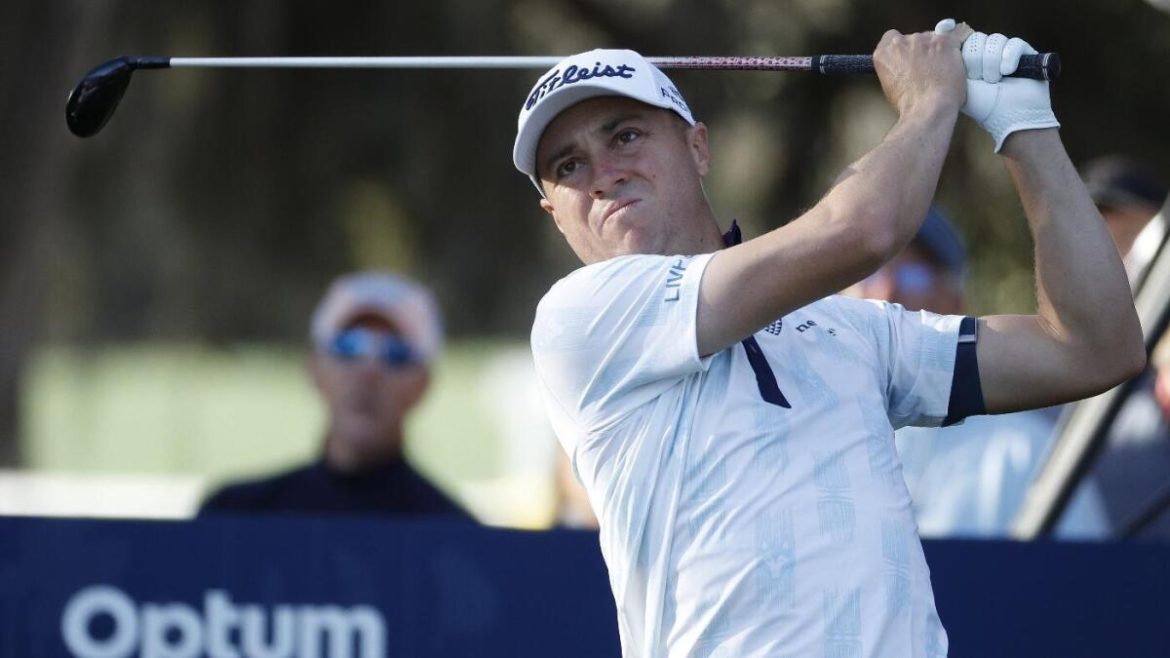Analysis of 2025 U.S. Open Golf Predictions, Odds, and Field Dynamics
The upcoming 2025 U.S. Open golf tournament has generated considerable excitement, with expert models and betting markets converging on several notable stars as frontrunners. A detailed examination of the prevailing predictions, odds, and player fields, particularly focusing on Scottie Scheffler, Rory McIlroy, and Bryson DeChambeau, offers insights into potential outcomes and the underlying factors influencing them.
—
The Landscape of 2025 U.S. Open Picks and Odds
At the forefront of 2025 U.S. Open betting lines stands Scottie Scheffler, who has emerged repeatedly as the favorite across varied analysis platforms. SportsLine’s predictive model, which executed an extensive 10,000 simulation runs, underscores Scheffler’s dominant position, reflecting his current form, ranking, and recent victories.
Scheffler’s odds fluctuate slightly but remain firmly within the favorite territory: from +275 and +280 to around +320 in some projections. This recognizes his status as the world number one golfer and his momentum after winning the PGA Championship and demonstrating top-level play in recent majors, including the Masters. His consistency and ability to produce under pressure are critical components making him the most attractive bet in the field.
Trailing behind Scheffler, Bryson DeChambeau occupies a notable position with odds roughly in the +700 range. As the reigning U.S. Open champion, DeChambeau’s prodigious power game and proven track record on championship courses make him a formidable challenger, though some fluctuations in form temper his standing.
Rory McIlroy appears as another key contender, though with longer odds around +1100 to +1400. McIlroy’s decorated major championship history and aggressive playing style provide the potential for a breakthrough, but recent inconsistency and course suitability questions appear to have impacted betting confidence.
—
SportsLine’s Model and Its Predictive Relevance
The SportsLine model’s approach of running 10,000 simulations of the event provides a statistically robust basis for these projections. Simulation models like these incorporate variables such as course conditions, player form, historical performance in similar tournaments, and even psychological factors like clutch performance. As such, its emerging patterns reflect not only raw talent but how players adapt to the specific challenges of the U.S. Open.
One of the standout findings from these simulations is the emphasis on “surprising predictions,” which likely indicates the identification of less-obvious candidates capable of making deep runs or causing upsets. While top names like Scheffler, McIlroy, and DeChambeau dominate the headlines, such models can highlight dark horses who might defy betting market expectations.
—
Field Composition and Competitive Dynamics
The 2025 U.S. Open field is expected to be strong and highly competitive. Apart from the marquee favorites, dynamic players such as Jon Rahm and emerging talents will add depth, influencing the tournament’s narrative. Rahm typically offers a balanced mix of power and finesse—qualities that have served him well in majors—but his current odds and model projections place him slightly behind the main favorites.
This competitive breadth suggests a layered event where the eventual champion will require not only skill but adaptability across the demanding and often unforgiving U.S. Open course layouts. Factors like rough length, green speed, and weather conditions during the tournament week are pivotal in shaping weekly performance and final scoring.
—
The Psychological Edge and Momentum Considerations
Momentum from recent wins often plays a discrete yet powerful role in player confidence. Scheffler’s recent major successes, particularly at the PGA Championship, contribute to a psychological edge that is reflected in his odds and the simulation outputs. Conversely, players with intermittent form or recent underperformances may face additional mental hurdles.
McIlroy’s longer odds suggest a perceived vulnerability, possibly linked to his recent struggles to maintain peak form in majors. Nonetheless, McIlroy’s championship pedigree and experience inject a wildcard element; on any given day, his capability to dominate is well recognized.
—
Conclusion: The Balancing Act of Favoritism and Upset Potential
The 2025 U.S. Open is shaping up as a clash between current dominance and seasoned experience. Scottie Scheffler’s ascendancy is well supported by data-driven predictions and betting market sentiment, making him the logical favorite. Bryson DeChambeau’s role as defending champion adds intrigue and competitive pressure, while Rory McIlroy remains a potential high-impact contender with longer odds.
Models like SportsLine’s simulations offer valuable crystal-ball perspectives but also leave room for surprises. The U.S. Open’s demanding nature means that while favorites hold statistical advantage, the ultimate outcome will hinge on precision, resilience, and perhaps a dash of unpredictability. Fans and bettors alike should prepare for a tournament that blends the expected with the extraordinary.





